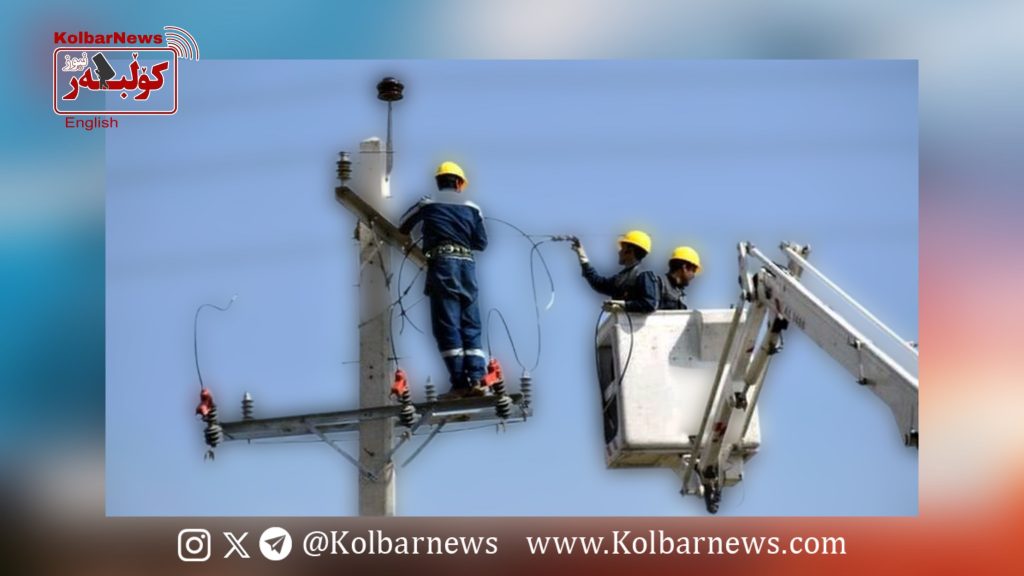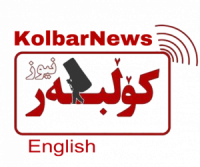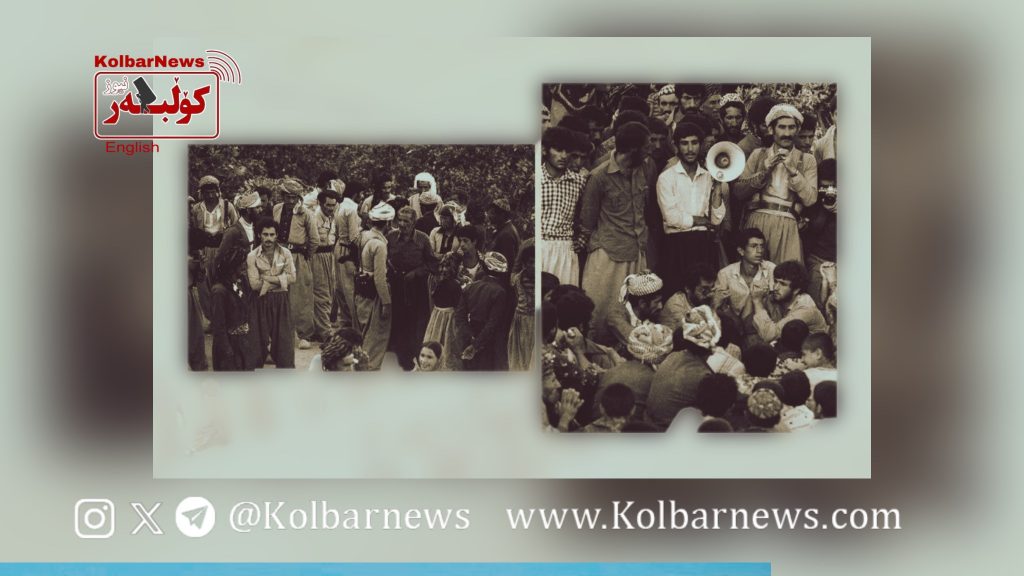
With the arrival of summer and the increase in temperature, many cities in Iran are facing widespread power outages, and the frequent power cuts in various parts of Iran continue. Although the plan was to have scheduled power cuts from the beginning of the summer so that people could prepare for the consequences, the announced schedules are not working, and the power cuts occur without warning, catching people off guard. Reports from different cities in Iran indicate that since last Thursday, 13 provinces in Iran have experienced power cuts lasting several hours and sometimes all day. These reports also mention more than five-hour power cuts in some areas of Tehran on Friday.
However, the damages caused by power cuts do not only affect citizens; many industries and production and service centers have also been disrupted. For example, the steel industry has practically shut down. Industries in Yazd province report billions in losses with each hour of power outage and state that with each hour of power cut, production decreases by 20 percent. In a report on this issue, ILNA, the official news agency of the Islamic Republic, wrote: “Initially, the plan was to cut the power to industries once a week; then it increased to two days a week. The power cuts have not only turned off the lights in production units but have also caused a wave of dissatisfaction in Yazd industries.”
Due to the fear of public unrest, the Raisi government prioritized providing electricity to homes, placing industrial power supply as a secondary concern. As a result of this policy, for instance, power outages in the industrial sector in Khorasan Razavi have nearly tripled compared to the same period last year, reaching one and a half days per week, and the agricultural sector is experiencing seven-day-a-week outages. However, the reality is that despite this policy, the power supply to homes has not fared much better than the industrial sector. For example, power cuts in homes, including in Tehran, have averaged five hours a day.
The material damages from widespread power outages primarily affect low-income groups. The wealthy, using generators that are easily supplied with diesel, have access to electricity 24/7. Continuous power cuts, besides causing blackouts and rendering cooling and heating devices inoperative, have created severe problems and consequences for people. For example, water does not reach many buildings in various cities in Iran that operate with pumps, and a power cut means a cut in piped water as well. Additionally, power cuts result in the shutdown of medical devices, and as hospital emergency power systems often do not work well, power outages endanger the lives of many patients in hospitals. Power cuts have caused production lines in factories and production centers to stop, leading many of these centers to shut down. The closure of these centers results in unemployment for workers, meaning that the greatest damages from power cuts in Iran affect the workers.
For years, regime officials have not only talked about solving the electricity problem but have also boasted about surplus production and exports. The reality is that all the necessary means to supply the required electricity for all uses in this country are available. Iran itself sits on a sea of natural energy resources (oil and gas). With a small fraction of military and armament expenses, the entire society of Iran can be made self-sufficient in various forms of energy, including electricity. However, we see that Iran is among the most backward countries in the region in terms of electricity production.
Continuous power outages are another sign of the regime’s inability to manage the country’s affairs. The shortage of electricity and its frequent cuts in a country that has the second or third largest gas reserves in the world, burning a part of it daily without consumption, can be easily resolved, provided the power is taken from the exploiters, oppressors, and thieves in charge and given to the true owners of the country.

